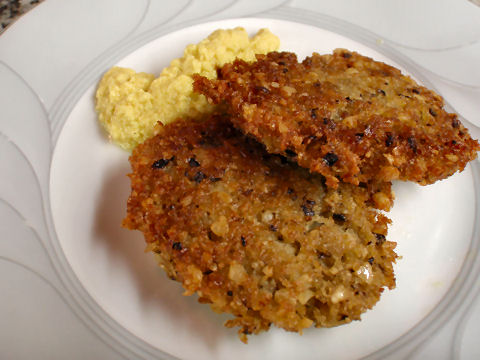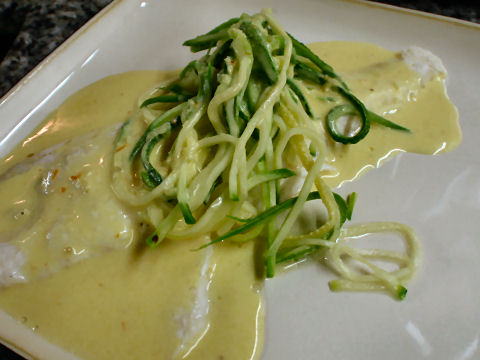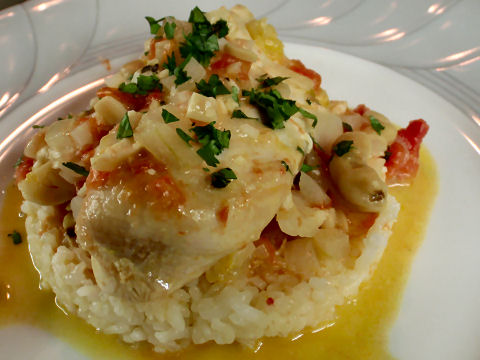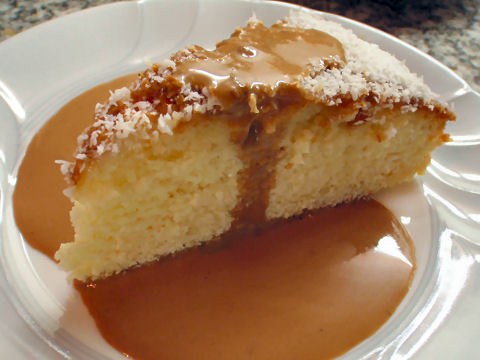“The system of slavery in Brazil was the longest and well structured of the Americas, with about 4 million Blacks being brought here who, enslaved over three centuries, built the fortune of the Brazilian ruling classes and increased that of the Europeans. But while they were enslaved in Brazil, the blacks resisted it in various forms: assassination of masters, of overseers, of jungle captains, flights, guerrillas, urban insurrections, quilombos. The quilombos were built into a form of basic resistance and spread from the XVII century to the XIX century, the most famous of these being Palmares. The Republic of Palmares resisted with arms for almost a century, being defeated in 1695, 300 years ago, with the assassination of its chief, Zumbi.”
– from O Proletariado, November 1995
Zumbi, or Zumbi dos Palmares, was the leader of the militant resistance within one of the quilombos, Palmares, until he assumed full leadership after challenging the then current leader who had accepted a deal with the Portuguese colonial authority that most of the freed and runaway slaves who inhabited Palmares were not happy with. He led the armed resistance for some 17 years until being captured when one of his own men betrayed him. He has become a legendary figure in the history of Afro-Brazlian consciousness, and more, a hero of the nation of Brazil. In 1978, Zumbi Day was established as an annual celebration in his honor, a day of consciousness centered around a hard-won freedom and the spirit of freedom fighting as a heroic endeavor.
I’d like to think that we added some small part to that consciousness simply by making people aware of it during our dinners, and perhaps simply that someone(s) from the dinners or reading here will take some time to read about Zumbi and the entire movement to free the slave population in Brazil and further, create a free Brazil, but, in the end, I have little say in that, and can only claim to have offered up a taste of some of the flavors of Brazil’s vast and varied cuisine.

I find myself at a bit of a loss in terms of this dish, acarajé. Most accounts I read, and if one does a simple photo search of the web, leads one to think of them as a sort of puffed black-eyed pea doughnut, slit open like a sandwich and stuffed with either an acarajé sauce, or with a sort of shrimp stew, vatapá. But in other accounts, and the course I took in Brazilian cooking, they come out more of a flat fritter and are topped with one or the other sauces. The recipe from my class, and the one from the new Brazilian cookbook I recently bought (Cherie Hamilton’s Brazil: A Culinary Journey), certainly didn’t end with a batter that had a texture leading to the puff variety, so fritters it was. A mix of overnight soaked black-eyed peas, onion, garlic, salt and dried shrimp, then ground in the grinder (perhaps something that purees them more finely, like a food processor would give the other texture?) and beaten until a bit fluffy, and then fried in a mix of dende (palm) oil and olive oil. The sauce, a puree of dried and fresh shrimp, malagueta peppers, garlic, onion, salt and palm oil, all cooked just enough to firm up the fresh shrimp portion – day one resulted in a somewhat lumpy sauce, but smoothed out by the addition of some olive oil and using the hand blender.
Our soup, not pictured as the photo just doesn’t look like anything, more or less a bisque style soup of shrimp and brazil nuts. The base a puree of tomato, onion, green bell pepper, garlic, olive oil, parsley, salt and pepper – into the pan and cooked for a little while, then added a second puree of skimmed milk, brazil nuts and mandioca (yuca) flour. Cooked that until it thickened up nicely. Added fresh prawns to the pot, seasoned with salt and pepper, and finished with some grated pecorino cheese over the top. The one place I completely deviated from the recipe was that normally the brazil nuts are strained out of the milk mixture after pureeing, simply lending their flavor – but I found the soup too thin and added them back in for texture and more flavor.

A fairly simple fish dish, sole which has been sprinkled with a little salt and olive oil and baked in the oven until just done, then topped with a sauce of passionfruit juice and pulp (strained of seeds, though they could be left in for contrast and color), cream, some pureed chilies (I used ají amarillos), ginger, and a splash of both white wine and mirin (slightly sweet rice wine), and a drop or two of dende oil for the color. Cooked until it thickened up. Served over the fish and some quickly blanched zucchini noodles.

The dish, xinxim de galinha – I have no idea what “xinxim” literally translates as – have to ask some of my Brazilian friends. Galinha being chicken. The traditional dish, chicken cooked in a sauce that includes coconut milk, shrimp, garlic, onions, tomato, malagueta peppers, and cashews, along with salt, pepper, cilantro, ginger and a little dende oil for color and distinctive flavor, of course. Because we’d already had two dishes including shrimp, I intentionally left them out of this version, and beefed it up with a bit more of the other ingredients. Quite good, though I have to admit, the version with shrimp, which I’ve made before, is even better – so I think next time I’d simply plan the menu more carefully to not include three dishes with shrimp – unless, of course, it was a shrimp themed menu!

I knew I wanted to do something with what I call “Brazilian Coffee”. Now, that’s not a cup of coffee from beans grown in Brazil. The story behind this goes back to somewhere in my college years, where a friend, whom I don’t even recall (not that I might not recall him, I just don’t remember who it was that did this) gave me a recipe for coffee that he guaranteed would knock the socks off whomever I found myself waking up next to in the morning. Begging the question as to why that person would still be wearing socks, it’s always been a favorite after-dinner or Sunday a.m. coffee drink. He called it Brazilian Coffee, I don’t know why and, as I noted in the article linked above, neither do any of my Brazilian friends. So be it. Mentally, it seemed that the flavors would pair up with a rich, moist, coconut cake, and I found a recipe for, more or less, trés leches coconut cake with a “Brazilian style” that sounded really good – and it is (in fact, Henry had a party here last night and liked the cake last weekend so much that he begged for a double one to share with his friends). I followed the cake recipe to the letter and can’t think of any reason to change it. The sauce, I wanted, obviously, thicker than a cup of coffee, so, poured some heavy cream into a pot and added instant espresso, dark chocolate, cinnamon, vanilla, sugar, and just a little cornstarch to help thicken it up, then simmered it away until it was… thick. Poured it over the cake and it was a hit.
[…] the evening up with a replating of our Tré Leches cake and Brazilian Coffee Sauce with its light fluffy texture, creamy coconut and orange flavors, and chocolate-coffee cream over […]
[…] / Orange / Chocolate / Coffee Quara Torrontés Dulce 2011And, a return to my favorite Trés Leches cake, topped with my chocolate and coffee […]